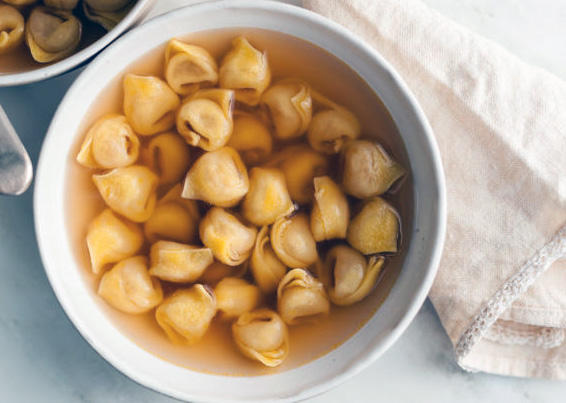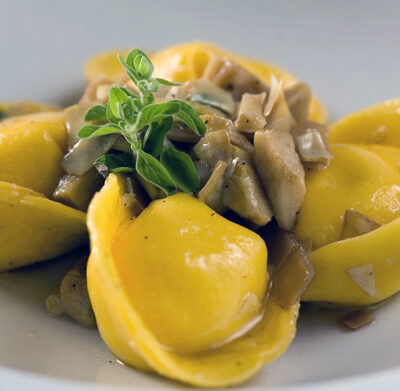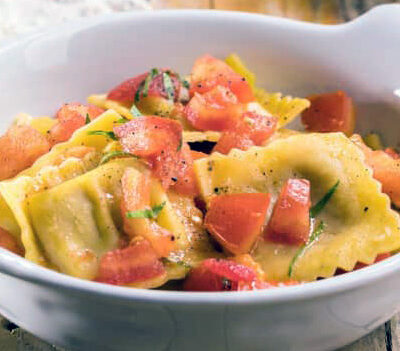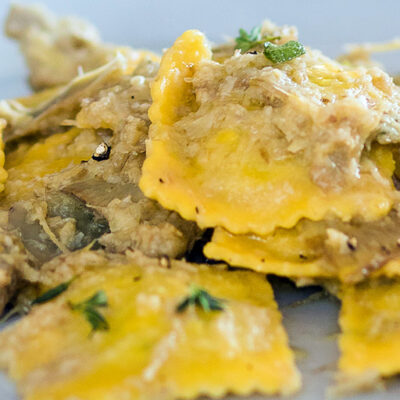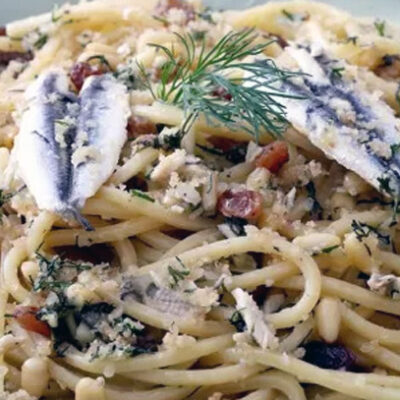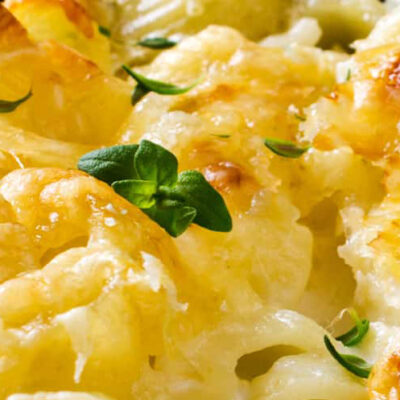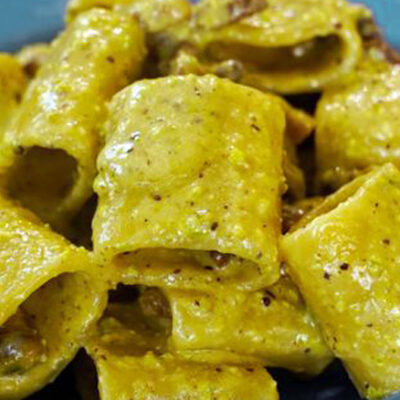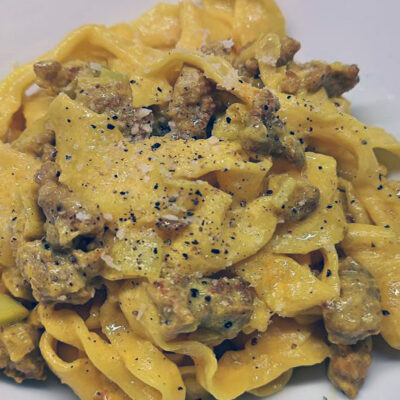Directions
Tortellini in Brodo: Embracing Tradition with Culinary Elegance
In the heart of Italian cuisine, tortellini in brodo hold a special place, embodying a legacy of tradition and gastronomic passion. This dish, emblematic of Emilia-Romagna, not only delights with its rich flavors but also reflects the meticulous care and dedication required in its creation. In this detailed guide, we’ll delve into each step of making this exquisite dish, from the secrets of the filling to crafting the perfect broth.
Ingredients for Tortellini in Brodo
Preparing Tortellini in Brodo requires fresh, high-quality ingredients. The essentials include:
- For the tortellini filling:
- 100g of mortadella
- 100g of cooked ham
- 200g of pork loin
- 200g of grated Parmesan cheese
- 1 egg
- Salt and pepper to taste
- A pinch of nutmeg
- For the pasta:
- 300g of semolina flour
- 3 large eggs
- For the broth:
- 1 whole chicken or capon (about 1 kg)
- 500g of beef
- 2 carrots
- 2 celery stalks
- 1 onion
- Salt to taste
- Water
Making the Tortellini Filling
To get started with the filling, chop the mortadella, ham, and pork loin into small pieces, discarding any tough bits. Grind the meat using a meat grinder fitted with a medium plate, collecting it in a bowl. Then, run the mixture through the grinder again, this time with a fine plate to achieve a silky texture. Combine this mixture with the grated Parmesan, salt, pepper, one egg, and a sprinkle of nutmeg. Mix everything thoroughly, kneading with your hands until the mixture is homogenous. Cover and refrigerate for at least 12 hours, allowing the flavors to meld.
Preparing the Broth
Once the filling is ready, it’s time to focus on the broth. Start by peeling the onion and cutting it in half, inserting 3 cloves into each half. In a large pot, add the whole chicken and beef and cover them with water. Add the chopped carrots and celery, along with the clove-studded onions. Bring it all to a boil. Cook on medium heat for about four hours, skimming off any impurities that rise to the surface. The result will be a rich, flavorful broth—the crucial base for your tortellini.
Making the Tortellini Pasta
With the filling resting and the broth simmering away, turn your attention to the pasta. On a clean work surface, form a mound with your flour, creating a well in the center to accommodate the lightly beaten eggs. Start mixing with a fork before using your hands to knead the mixture into a smooth and elastic dough. Wrap the dough in plastic wrap and let it rest at room temperature.
Rolling and Shaping the Tortellini
Once the dough has rested, roll it out with a rolling pin to achieve a very thin sheet. Using a pasta cutter or a pastry wheel, cut the dough into squares of approximately 5×5 cm. Place a small dollop of filling in the center of each square. Fold the square over to create a triangle, pressing the edges firmly to seal it. Then, wrap the triangle around your finger to form the classic tortellini shape, pinching the ends to secure. Repeat until all the filling is used, arranging the tortellini on a cloth to prevent sticking.
Cooking the Tortellini and Serving
When the broth is ready, strain it to remove the meat and vegetables. Divide the broth between two pots, bringing one to a boil. Carefully add the tortellini and wait for them to float to the surface, indicating they are cooked. Use a slotted spoon to remove the tortellini and transfer them to a serving bowl.
Plating and Presentation
To serve, ladle the hot broth over the tortellini and sprinkle with Parmesan cheese, if desired. Tortellini in brodo are best served piping hot, making for a dish that warms the heart and soul—ideal for family gatherings or festive occasions. The combination of flavors in the filling harmonizes beautifully with the broth, offering a culinary experience steeped in culture and tradition.
Conclusion
Tortellini in brodo are more than just a meal; they represent an authentic connection to Italy’s culinary heritage. Each bite carries the history of generations past, and while their preparation demands time and dedication, the payoff is undoubtedly rewarding. Try your hand at this recipe and immerse yourself in the true flavors of Emilia-Romagna, offering your guests an unforgettable gastronomic experience.

